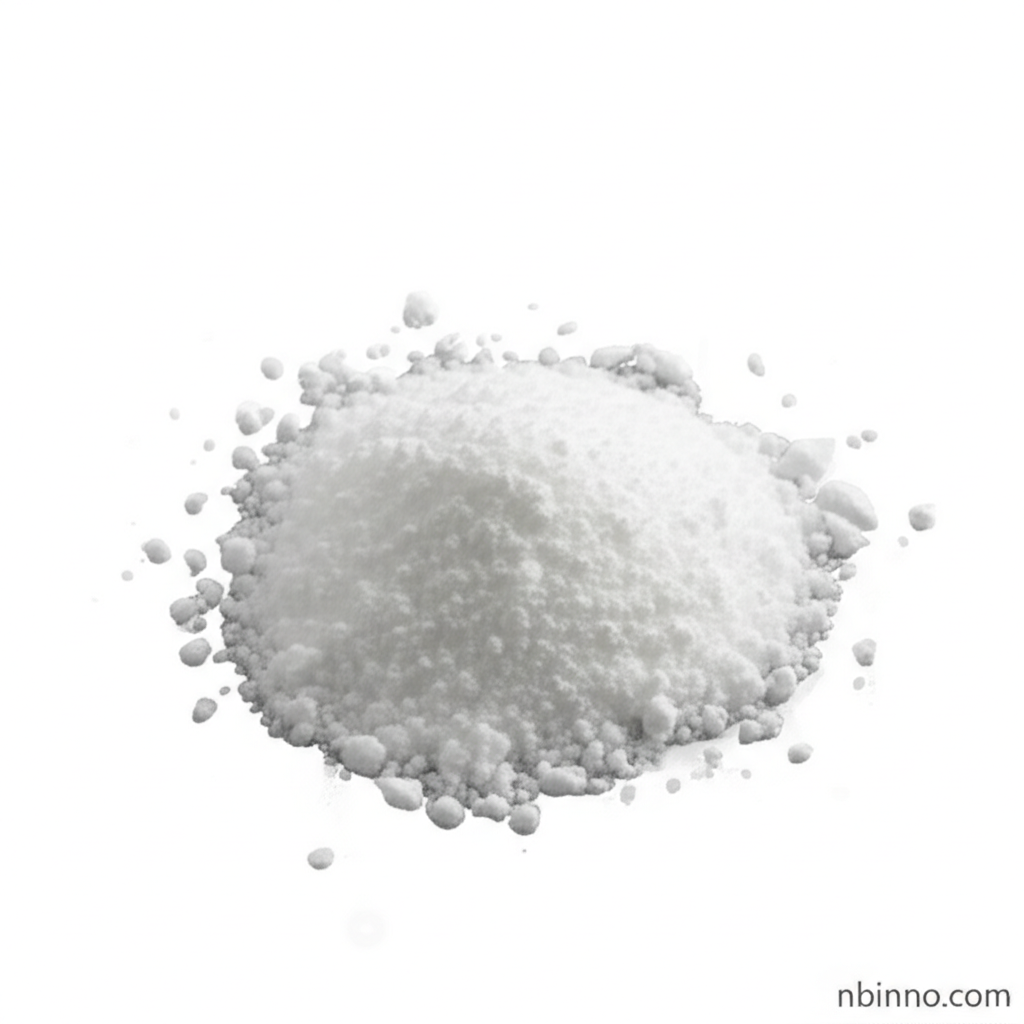4-(4-Bromophenyl)-2,6-diphenylpyrimidine: A Crucial OLED Intermediate
Essential chemical for next-generation displays and lighting, enabling superior performance and efficiency.
Get a Quote & SampleProduct Core Value

4-(4-Bromophenyl)-2,6-diphenylpyrimidine
This compound is a vital building block in the synthesis of organic light-emitting diodes (OLEDs), contributing to energy-efficient and high-quality display technologies.
- Explore the synthesis of OLED material intermediates with high purity (u226598.0%), ensuring optimal device performance.
- Utilize this stable white powder, featuring a melting point of 167u00b0C, for reliable organic synthesis processes.
- Leverage the unique molecular structure, including a bromine atom, to facilitate crucial cross-coupling reactions in advanced OLED material production.
- Discover the application of this key chemical in producing next-generation displays and lighting solutions through expert organic synthesis.
Key Advantages
Enhanced Device Performance
The high purity of 4-(4-bromophenyl)-2,6-diphenylpyrimidine as an OLED intermediate directly translates to improved luminescence and longer lifespan in electronic devices.
Processability and Stability
As a white powder with a high melting point, it offers excellent thermal stability and ease of handling, simplifying complex organic synthesis for OLED material synthesis.
Chemical Versatility
The presence of the bromophenyl group makes it ideal for various cross-coupling reactions, a fundamental aspect of building sophisticated molecules for advanced OLED materials.
Key Applications
OLED Intermediates
Serves as a critical component in the manufacturing of OLED materials, enabling brighter and more efficient displays, crucial for many electronic devices.
Organic Synthesis
Its reactive nature makes it a valuable building block for chemists involved in complex organic synthesis, particularly for creating new electronic materials.
Material Science
Contributes to the development of cutting-edge materials used in various electronic applications, pushing the boundaries of what's possible in technology.
Research & Development
Essential for R&D efforts exploring new molecular structures and functionalities for future generations of optoelectronic devices.
